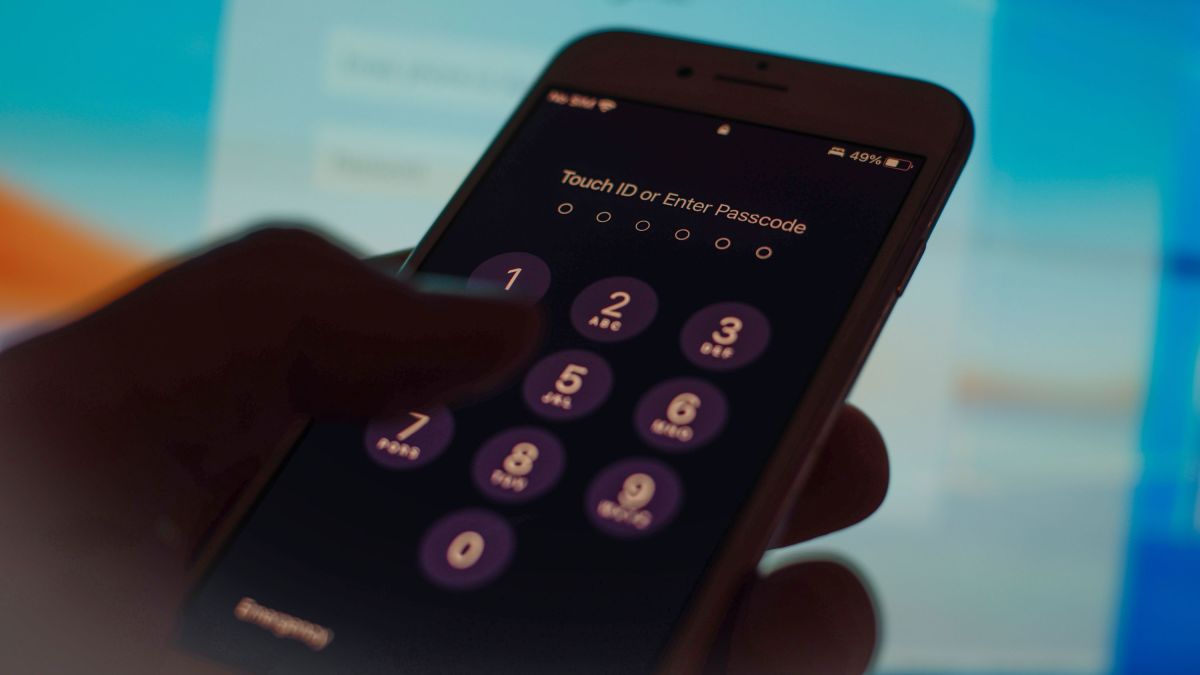(CNN) — On its first day of introduction, GPT-4 surprised many users in early tests and was a company demo capable of writing requests, passing standardized tests, and creating a functional website from a hand-drawn sketch.
On Tuesday, OpenAI Advertising A next-generation version of artificial intelligence technology, it supports their viral chatbot tool, ChatGPT. The more powerful GPT-4 promises to surpass previous iterations, changing the way we use the Internet to work, play, and create. But it can also add challenging questions about how artificial intelligence (AI) tools can change industries, allow students to cheat, and change our relationship with technology.
GPT-4 is an updated version of the Entity Language Model that is trained on large amounts of online data to generate complex responses to user requests. It’s now available through a waiting list and has already found its way into some third-party products, including Microsoft’s new AI-powered Bing search engine. Some users with early access to the tool share their experiences and highlight some of its most compelling use cases.
Here’s a closer look at GPT-4’s potential.
GPT-4 analyzes more than just text
In essence, the biggest change in GPT-4 is the ability to work with user-uploaded photos.
One of the most amazing use cases ever Video demo of OpenAI Showed how A map can be turned into a functional website In a few minutes. The demonstrator loaded the image into GPT-4 and pasted the resulting code into a preview of what a working website would look like.
In its announcement, OpenAI also showed How GPT-4 is claimed Show the smartphone with the wrong charger and explain the humor of the sequence of images and explain why it is funny. While this may seem straightforward, extracting humor is often difficult for AI tools to detect due to the context it requires.
In another experiment, The New York Times featured GPT-4 He was asked to prepare a meal based on a picture of the inside of a refrigerator and the ingredients.
The Photos feature isn’t available yet, but OpenAI is expected to implement it in the coming weeks.
Coding is even easier
It was also used by some early adopters who had little or no prior coding knowledge of GPT-4 Recreate iconic games like Pong, Tetris or Snake After following the step by step instructions provided by the tool on how to do it. Others have developed their own Original games. (According to GPT-4 OpenAI, code can be written in all major programming languages.)
“GBT-4’s powerful language capabilities can be used for everything from storyboarding and character creation to game content creation,” said Arun Chandrasekaran, an analyst at Gartner Research. “This will lead to more independent game providers in the future. But beyond the game, GPT-4 and similar models can be used to create marketing content around game previews, create news articles, and even moderate game discussion forums.”
As with games, GPT-4 could change the way people create applications. said one user on Twitter Created a simple drawing app in minutesAnother claimed encryption An app that recommends five movies New every day, with trailers and details on where to watch them.
“Coding is like learning to drive: As long as a beginner is guided, anyone can code,” said Lian J. Xu, an analyst at ABI Research. “AI can be a good teacher.”
Pass the tests with flying colors
Although OpenAI has said the optimization is “less capable” than humans in many real-world scenarios, it has demonstrated “human-level performance” in various professional and academic tests. GPT-4 recently passed a mock law school exam with scores in the top 10% of test takers, the company said. In contrast, the previous version, GPT-3.5, scored below 10%. According to OpenAI, the latest version also performed strongly on the LSAT, GRE, SAT, and several AP exams.
In January, ChatGPD made headlines for passing prestigious graduate exams like the Wharton School of Business at the University of Pennsylvania, but not with particularly high scores. The company said it spent months using lessons from its pilot program and ChatGPT to improve the system’s accuracy and on-topic ability.
Give more accurate answers
Compared to the previous version, GPT-4 can produce longer, more detailed and more reliable written responses, the company said.
The latest version can now provide answers of up to 25,000 words, up from 4,000 before, and can provide detailed instructions for even the most unique scenarios, from how to clean a piranha’s fish tank to extracting DNA from a strawberry. One early user said it made detailed recommendations for pickup lines based on a question listed on a dating profile.
Improve work in various industries
Joshua Browder, CEO of legal services chatbot DoNotPay, said his company Already using and working A “one-click prosecution” tool to prosecute robocallers is an early sign of GPT-4’s great potential to change the way people work in industries.
“Imagine getting a call, clicking a button, [la] The call is transcribed and a requirement of 1,000 words is made. GPT-3.5 is not good enough, but GPT-4 does the job very well,” Browder tweeted.
Meanwhile, Jake Kozlosky, CEO of dating site Keeper, said Your organization uses the tool to better engage with its users.
According to Su at ABI Research, “[tableros] Connected cars, remote diagnostics in healthcare and other AI applications not possible before.
A work in progress
Although the company has made major improvements to its AI model, GPT-4 has the same limitations as previous versions. OpenAI said the technology had no knowledge of events that occurred before its dataset was cut (September 2021) and had not learned from its experience. The company said you can make “simple reasoning errors” or be “too gullible to accept clearly false statements from the user” and fail to double-check the work.
Gartner’s Chandrasekaran said this mirrors many AI models today. “Let’s not forget that these AI models are not perfect,” Chandrasekaran said. “They can occasionally generate misinformation and can be black box in nature.”
For now, OpenAI said GPT-4 users should be careful and use “extreme care,” especially in “high-risk environments.”





:format(jpeg):focal(523x408:533x398)/cloudfront-us-east-1.images.arcpublishing.com/gfrmedia/Z2ISW3FO5NGGJM6P2HK3Z4MBGY.jpg)